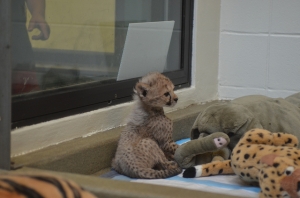Dear friends of AGA:
After a southern summer break, we gladly send our newsletter to let you know about the activities that AGA members are developing. We offer fresh news and of follow-up actions initiated in the last year or before. We hope you enjoy them and thank you again for letting us to get into your screens.
M. Lilian Villalba
AGA General Coordinator
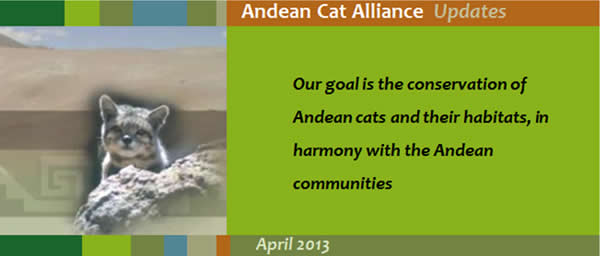
Linking Research To Action
By: Rocío Palacios

Everything evolves, and conservation is not an exception. During past years there has been a trend inside the Alliance that went from research oriented projects to conservation exclusive proposals. Both kinds of projects have strengths and weaknesses, but there is one common aspect between them: we need both for properly conserving the Andean cat and its landscape.
Now in the Alliance most projects look for a way to combine some needed research and conservation. We believe that this combined approach of research and action is more than a necessity, is the only real way to make conservation effective in this globalized and accelerated world.
We need research, we need to know what the species need, to be able to conserve them better. We also urgently require effective conservation actions, and that means it is not possible to wait until research provides results, while we wait we can start applying some mitigation actions. The perfect combination is to use one to help the other: while doing conservation also doing research and vice versa. This is the only way we can preserve our wild cats, while discovering their long kept secrets.
New Record of Andean Cat Expansion 650 km to the South in Chile!
By: Agustín Iriarte, Cristian Sepúlveda, Nicolas Lagos
Employees of the mining company Caserones managed to photograph and film a specimen of Andean cat at 120 km from the city of Copiapó. This arid area is located at an elevation of 2200 m asl in the Andes of Atacama Region that is characterized by a Mediterranean climate. This record extends the distribution range of the Andean cat, moving its border 650 km to the south from the southernmost known record in the Puritama canyon, in the north of San Pedro de Atacama. Additionally, this is also the lowest altitude record for Chile, because all other previous records were at more than 3600 m asl. This information was kindly provided by Yamal Suez (Caserones chief of the environmental area) and the person in charge of natural resources of Atacama SAG (Jose Andaur).

Collared Cats!
By: Juan Reppucci
Thirty two days after her capture we obtain a camera trap photo of Vichacha, a female Andean cat, wearing her radiocollar. The picture was taken at around 4.5 kilometers from the capture spot, in the top part of a big canyon where we also obtain pictures of rheas, vicuñas and foxes. Several months before her capture we had obtained many pictures of Vichacha with her kitten in the capture spot. Recognize her was easy, using the coat pattern as we usually do, but also the characteristics dreadlocks that she has on her back close to the tail. Close to the border and in one of the highest points of the study area we obtain a picture of Alexander Supertramp, a male Pampas cat, after five days of his capture, at around four kilometers away. Camera traps, in addition to radio-collars, are important tools for monitoring these cats.

Conservation and Sustainable Management of Habitats, Peru
By: Dina Farfán
This project is the result of a research conducted on the Andean Cat and its habitat since 2003 in Cusco Region. In 2008 we coordinated with six communities located at the south east of the Ausangate glacier, to create conservation areas in their territories, taking the Andean cat and wetlands as the main conservation objectives.
As a working strategy we developed an integral program of conservation, sustainable management, education and capacity building; in the last year, to encourage the participation of the communities, we worked for developing projects that provide direct economic benefits. After a comprehensive assessment, we have supported the development of a Plan of Tourism and Recreation Use, and other tools to enable communities to implement an ecotourism program, which is characterized for being managed by them and with high environmental and social responsibility. Currently we continue to support them, so that the Peruvian State recognizes the zone as a Chilca Private Conservation Area. In addition to the contributions that AGA and WCN have given ro the development of this project, we also had technical and financial support from ACEMAA and APTAE.
Global Actions to Guarantee a Future to the Andean Cat
By: Maria José Merino y Alejandra Torrez

The project Andean Cat Global Action (ACGA) is a cross-border initiative, where the four range countries of the Andean cat co-operate to consolidate the profile of this cat as a flagship species across its whole distribution range and, consequently, to strengthen the conservation of biodiversity in the regions where it occurs.
To achieve these goals, ACGA aims to develop a novel global strategy for education and community participation based on an itinerant exhibition and other new awareness materials that will be distributed widely, both to the local communities and the general public. In the first year, we devoted a large effort to agree the best strategies and design the education material that was planned. We produced a common poster, a brochure promoting AGA work and, banners used in the itinerant exhibition that is the core awareness tool. We delivered environmental education activities to a total of 236 children and 29 teachers in cooperation with a number of partner organizations. Additionally, we are working among local communities, to collect stories on the Andean cat that we will use for a booklet to be published soon.
Trails of Inquiry: A Methodology for Conservation Education
By: Daniela Ulloa

AGA and the Center for Studies in Theoretical and Applied Biology-BIOTA, are running the project “Trails of inquiry: reflecting on our environment,” in the Municipal Botanical Garden Ema-Verde, Municipal Zoo “Vesty Pakos” and the National Natural History Museum in the city of La Paz, Bolivia.
In December 2012, we began with the training of 25 volunteers in a methodology called “Trails of inquiry” through a workshop provided by Dr. Peter Feinsinger and Iralys Ventosa and a group of collaborators from Argentina and Bolivia. This methodology consists of routes that use elements of the environment in order that a guide, a sign or a brochure induce the visitor to perform “Cycles of inquiry” of firsthand, brief but complete, about specified elements in the immediate environment. The “Cycle of Inquiry” is based on the practice of the scientific method but in simplified form and involves three basic steps: question, action and reflection.
In this pilot initiative, both volunteers and visitors discover educational experiences to interact with each other, deal with new challenges and different ways of interpreting the environment. The Trails of inquiry can be applied in different contexts; certainly, these experiences will be a guide for planning educational strategies for the conservation of the Andean cat in its environment.
SHOWCASTING OUR MEMBERS: Rocío Palacios
By: Susan Walker

Rocio Palacios is passionate about cats! This passion has led her to dedicate her career to the protection and study of Argentina’s wild felines, especially the Andean cat. As an undergraduate in biology, Rocío carried out research on Patagonia’s cats and canids. Even before graduating she began working for the Wildlife Conservation Society’s Patagonian Steppe program, forming part of the team that discovered the Andean cat in San Juan, Argentina, in 2003.
After leaving WCS to do graduate work, she developed a program to train park rangers in monitoring and conservation of Patagonian carnivores, and printed a manual that has been widely distributed to rangers and local people. She has led workshops based on this material in different provinces, the national parks, and private reserves.
Active since 2005 in the Andean Cat Alliance, she has served in several administrative capacities, including that of general coordinator for two years. Her current doctoral research on the Andean cat in northern Patagonia will provide crucial input to develop conservation plans for the southernmost population of the species.
Andean Cat Alliance (Alianza Gato Andino) website
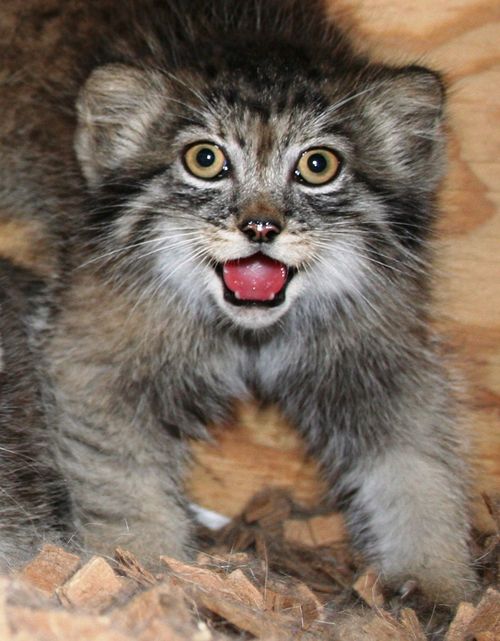
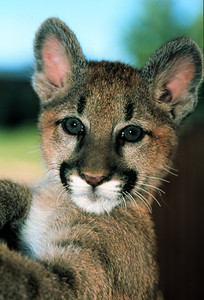
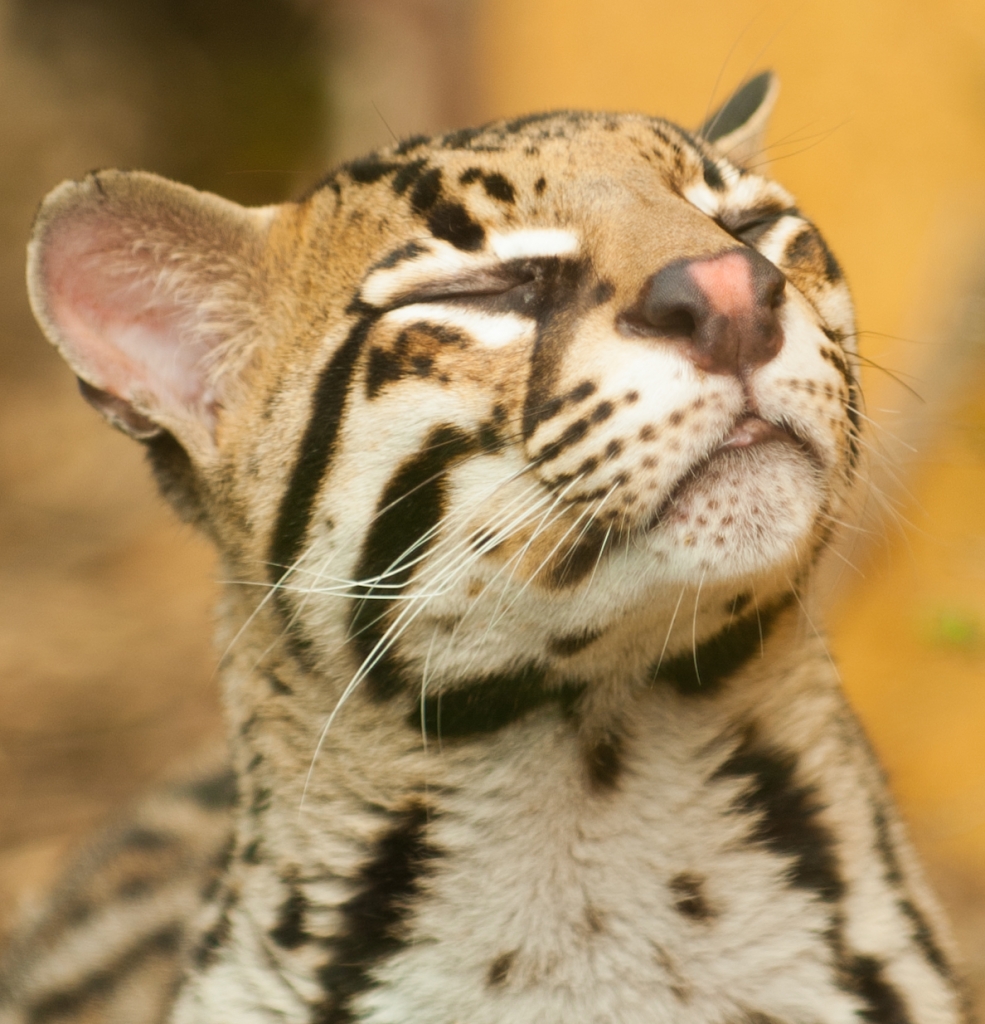

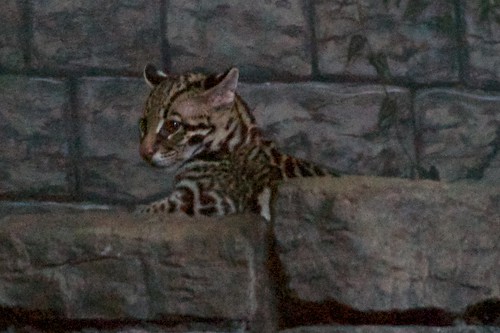

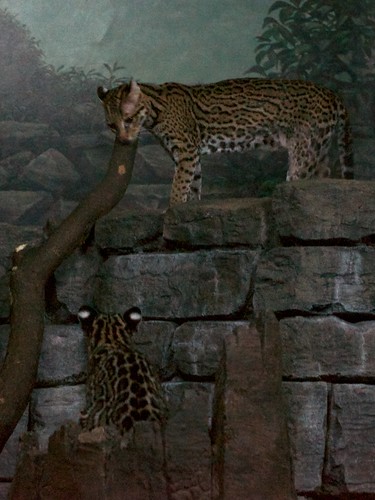
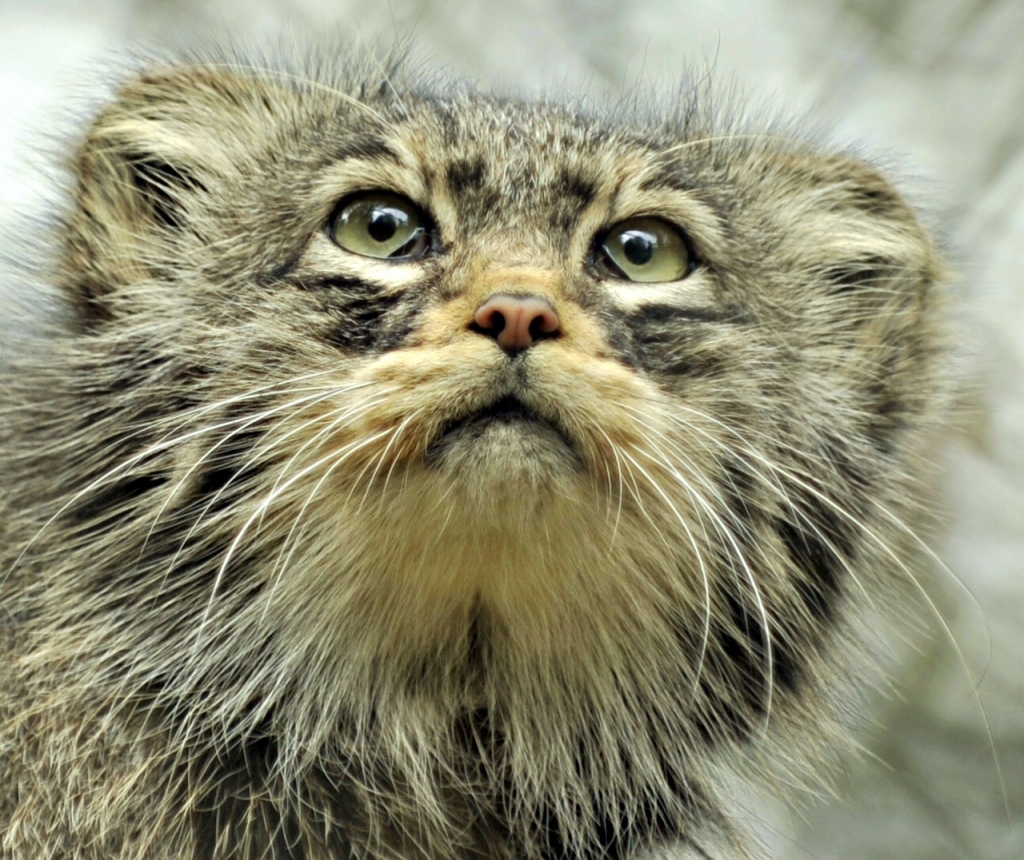
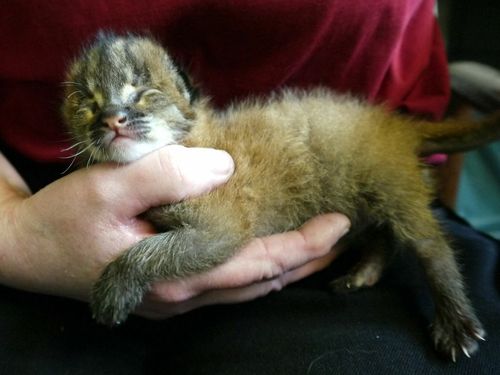
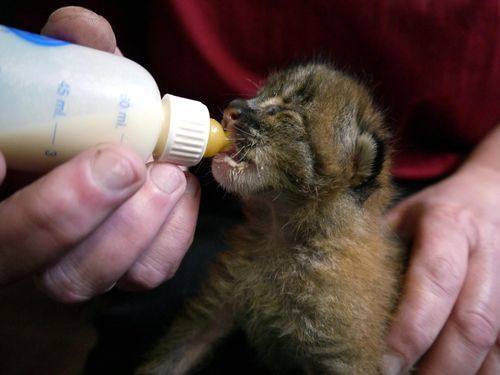
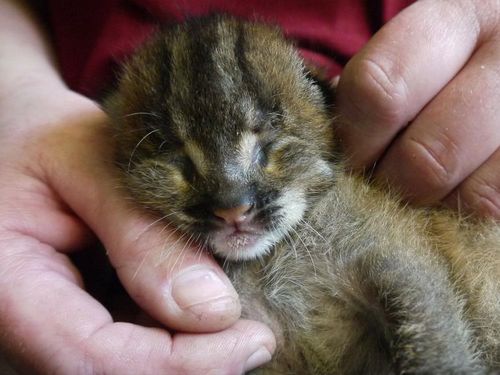
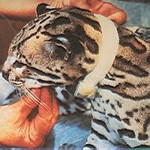
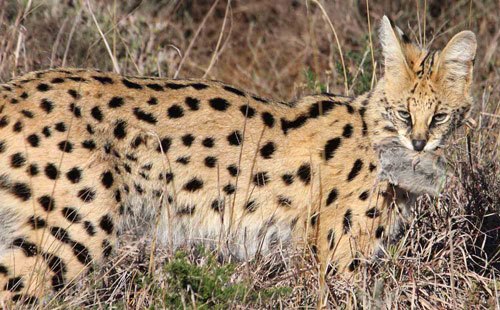









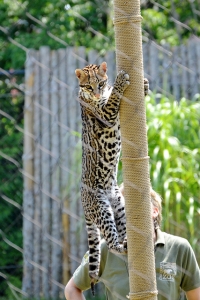 Upon researching captive wild cat conservation further afield in Europe, Asia and Australia, I found that there are several organizations throughout the world with “ex situ” conservation programs and they all seem to have an acronym. It occurred to me that all of these acronyms would make a great crossword puzzle. Given more time and talent I may have attempted to present my findings in such a format but alas, the clock is ticking so I will resort to a brief description of a few of these programs. At the very least we should have a short quiz at the end of all this.
Upon researching captive wild cat conservation further afield in Europe, Asia and Australia, I found that there are several organizations throughout the world with “ex situ” conservation programs and they all seem to have an acronym. It occurred to me that all of these acronyms would make a great crossword puzzle. Given more time and talent I may have attempted to present my findings in such a format but alas, the clock is ticking so I will resort to a brief description of a few of these programs. At the very least we should have a short quiz at the end of all this.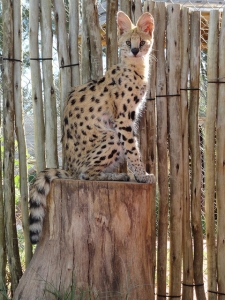 The IUCN is an environmental organization that helps the world find pragmatic solutions to our most pressing environment and development challenges. The IUCN manages a complex Global Species Programme which includes the Conservation Breeding Specialist Group (CBSG); a global network of conservation professionals working both inside and outside a species natural range. The IUCN is also responsible for the production of the IUCN Red List. The IUCN Red List is a comprehensive information source on the status of wild species and their links to livelihoods. The overall aim of the Red List is to convey the urgency and scale of conservation problems to the public and policy makers, and to motivate the global community to work together to reduce species extinctions.The IUCN Red List assesses the extinction risk of species. The IUCN also has a Species Survival Commission (SSC). Working in close association with IUCN’s Global Species Programme, SSC’s major role is to provide information to IUCN on biodiversity conservation, the inherent value of species, their role in ecosystem health and functioning, the provision of ecosystem services, and their support to human livelihoods. This information is fed into The IUCN Red List of Threatened Species.
The IUCN is an environmental organization that helps the world find pragmatic solutions to our most pressing environment and development challenges. The IUCN manages a complex Global Species Programme which includes the Conservation Breeding Specialist Group (CBSG); a global network of conservation professionals working both inside and outside a species natural range. The IUCN is also responsible for the production of the IUCN Red List. The IUCN Red List is a comprehensive information source on the status of wild species and their links to livelihoods. The overall aim of the Red List is to convey the urgency and scale of conservation problems to the public and policy makers, and to motivate the global community to work together to reduce species extinctions.The IUCN Red List assesses the extinction risk of species. The IUCN also has a Species Survival Commission (SSC). Working in close association with IUCN’s Global Species Programme, SSC’s major role is to provide information to IUCN on biodiversity conservation, the inherent value of species, their role in ecosystem health and functioning, the provision of ecosystem services, and their support to human livelihoods. This information is fed into The IUCN Red List of Threatened Species.